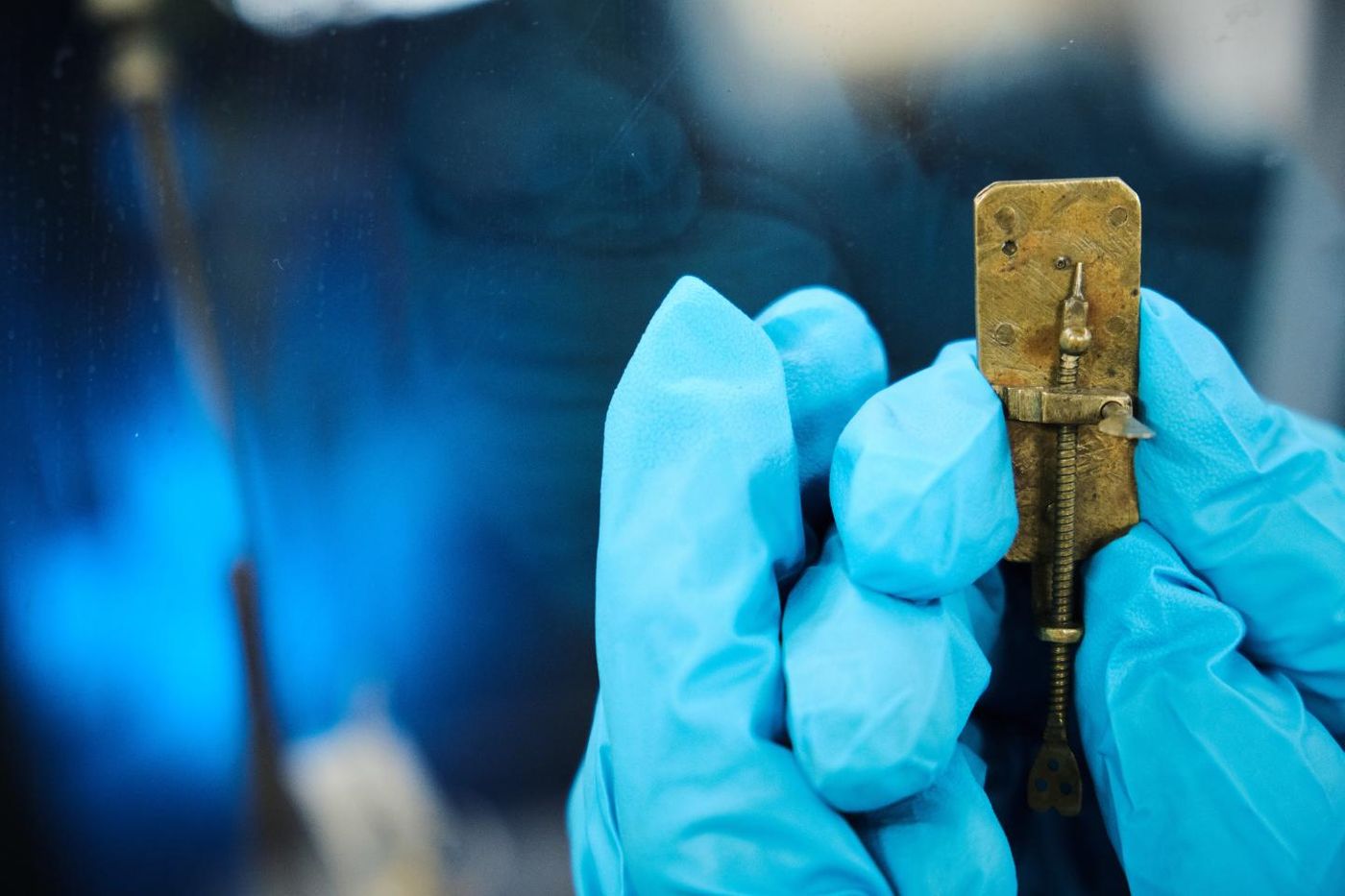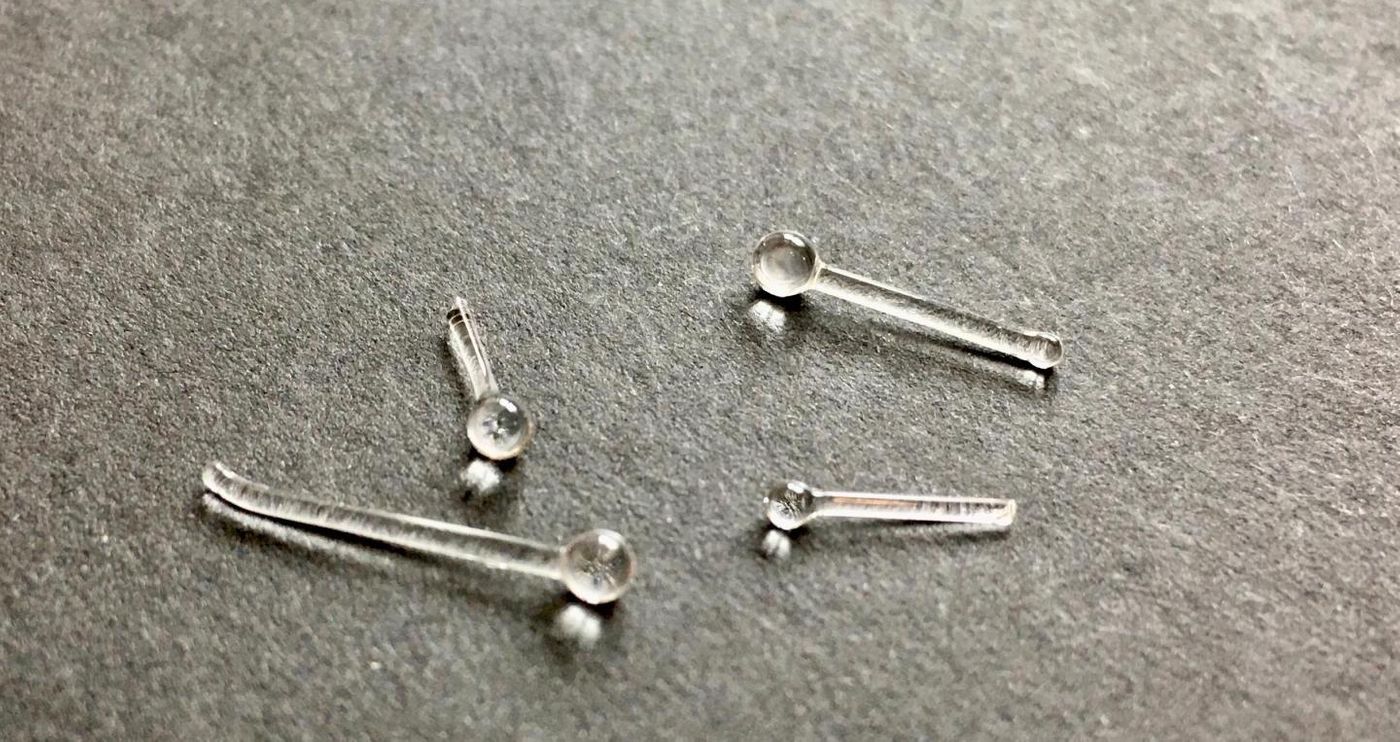Sneaky Antoni van Leeuwenhoek Duped Curious Academics
Antoni van Leeuwenhoek is a well-known pioneer in the field of microscopy. His research was so advanced, it took about 150 years for another researcher to improve on his work. But Van Leeuwenhoek, who lived from 1632 to 1723, also gave other scientists the impression that his instruments were special. For centuries, researchers have wondered about exactly how he made his lenses. Four microscopes he created are still in the collection of the Rijksmuseum Boerhaave, but he encased his lenses in metal pieces that were then riveted together, and they have too much historical significance to be dismantled.
Several years ago, researchers found that there was actually nothing special at all about some of Van Leeuwenhoek's microscopes, which contained unremarkable ground lenses that are typical.
Now scientists have analyzed a highly magnifying microscope of Van Leeuwenhoek's with a technique called neutron tomography. That way, the investigators could get a look at the lens without having to take the microscope apart. By placing the microscope in the path of a neuron beam (at the Reactor Institute Delft), they generated a three-dimensional image of the lens inside. This showed that while a different type of lens was used in this particular instrument, the method used to make its lens was a standard one.
The lens has turned out to be a simple, small globule, which looks like other glass globules made in a way that was typical of Van Leeuwenhoek's time. Another microscopist named Robert Hooke described this method in 1678: a thin glass rod could be heated in a fire, curling the end into a little ball that can then be broken off the rod. Other scientists employed this method, probably including Van Leeuwenhoek. But Hooke would find himself wondering about the so-called secret method Van Leeuwenhoek used.
This study, which seems to show that Antoni van Leeuwenhoek was deceiving colleagues and rivals with a boastful lie about a new way of making lenses, has been reported in Science Advances.
We'll still remember van Leeuwenhoek as the father of microbiology, and the first person to describe unicellular organisms after observing them in a microscope. It took decades for others to build on that work, however, even though his contemporaries wanted to know more about his techniques. Van Leeuwenhoek's results may have been extraordinary for his time, but his lens manufacturing techniques and methods have turned out to be very ordinary.
Sources: AAAS/Eurekalert! via Delft University of Technology, Science Advances










